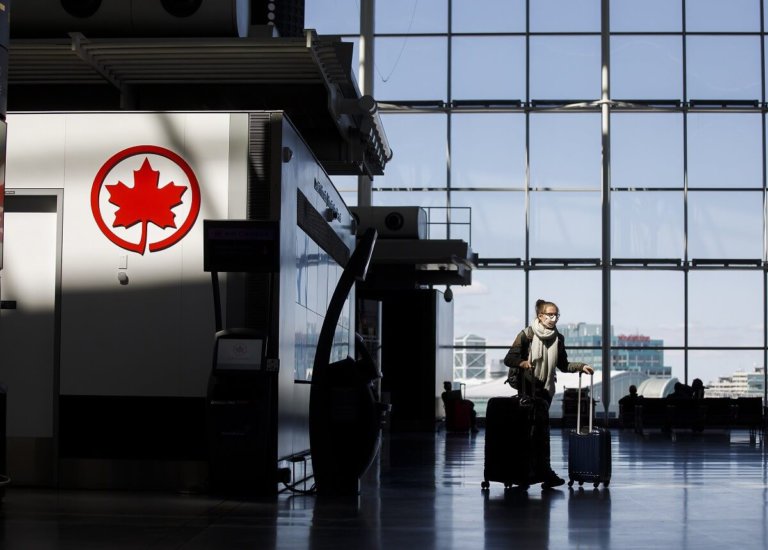
If you are an international student in Canada, the government’s COVID-19 measures may provide some relief.
As of early April, there are significant updates that would likely affect your mobility, post-graduation plans and income over the coming months.
Read on for details every international student in Canada should know about.

Every international student who enters Canada during the travel ban has to self-quarantine for 14 days. Source: Scott Olson/Getty Images North America/ Getty Images via AFP
Travel ban
Canada’s travel ban is expected to take place until June 30.
However, as Study International previously reported, international students in Canada whose permits were approved before March 18 can still enter the country — under the condition they self-quarantine for 14 days upon entry.
Those who find themselves stuck in their home country can still begin their classes outside Canada.
Under current circumstances, those with valid permits may complete up to half of their programme remotely and return to Canada once the travel ban is relaxed or lifted.

The Post Graduation Work Permit allows graduates to work in Canada for up to three years. Source: Resi Kling/Unsplash
Post Graduation Work Permit (PGWP)
According to the Immigration, Refugees and Citizenship Canada, every international student in Canada doing online classes and coursework can still qualify for the PWGP.
This includes students who are unable to travel to Canada, but have a valid study permit or were approved for a programme beginning in May or June 2020.
This three-year work permit was previously only available to those who studied a full-time programme in Canada that is at least eight months long. The PGWP is the best pathway for international students in Canada to pursue full-time work after graduation, typically towards the aim of permanent residence.

Prime Minister Justin Trudeau announced the CERB support scheme for all those who lost their jobs due to COVID-19. Source: Dave Chan/AFP
Canada Emergency Response Benefit (CERB)
The CERB will provide temporary income support for those whose livelihoods have been affected by COVID-19. An estimated four million people will apply for this relief scheme, which is available from March 15 to October 3.
If you are an international student in Canada who meets the qualification criteria, you are entitled to CA$500 a week for up to 16 weeks. That puts your taxable income at CA$2,000 a month.
The criteria are as follows: you are at least 15 years old, live in Canada, have a valid Social Insurance Number (SIN), unemployed for at least 14 days in a row, and have no source of income for the first two weeks of CERB.
You must also have made at least CA$5,000 from employment, self-employment, government benefits, or a combination of these (not necessarily in Canada) over the past year.
Now, an international student in Canada does not typically have a SIN. But the government says you may still be eligible for this benefit if you meet all other requirements.
(1/2) Extremely disappointing to hear that the CERB announced from the Federal Government does not support students who had intended to work this upcoming summer. This gap in eligibility means that students may not be able to afford rent or tuition in the fall semester.
— Samantha Graham (she/her) (@samlegraham) April 1, 2020
Bear in mind that you will have to reapply for CERB every four weeks. At every stage, you will have to prove that you still qualify for the payout with supporting documents.
As an international student in Canada would know, you are allowed to work part-time for up to 20 hours every week. International education specialist Philip Shea told The PIE News that this would make many international students who hold down part-time jobs eligible for CERB.
He estimated that those working for four or five months would already have earned the minimum annual requirement of CAN$5,000.
You can apply online, through a phone call or via your bank. Be prepared to wait anywhere between three to 10 days for your payout.
Liked this? Then you’ll love…
Studying in Canada during COVID-19: “I am on board to finish this semester remotely”
Canada: International students still eligible for post-graduation work permit as courses go online







